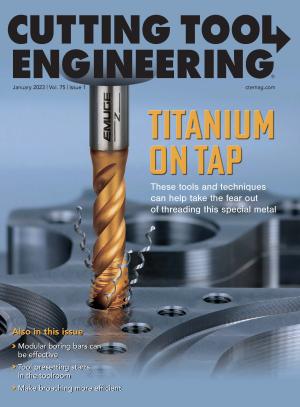The pandemic exposed the inability of national supply chains to quickly shift production and reconfigure their logistics networks to meet customer demand surges during major disruptive events. The desperate scramble for items, such as ventilators, face masks and even toilet paper, won’t be forgotten soon, but the recent baby formula shortage points to a larger underlying problem with a supply chain model that prioritizes being efficient and cost-effective without accommodating the additional needs for resilience and robustness. But what if it was possible to proactively plan and reactively respond and recover as quickly as possible following a supply chain disruption by further employing automation and robotics at key stages of the supply chain?
In response to recommendations outlined in “Report of the Defense Critical Supply Chain Task Force,” SecureAmerica Institute and Advanced Robotics for Manufacturing Institute are partnering with industry leaders like General Electric Co. to make targeted supply chain improvements. The Robotics and Automation Decision framework for Agility and Resilience, or Radar, which is funded by the U.S. Department of Commerce’s National Institute of Standards and Technology, plans to demonstrate the power of strategically adopting robotic and automation solutions across the supply chain. Led by Lefteris Iakovou, SecureAmerica Institute’s manufacturing supply chain director and the Harvey Hubbell professor of industrial distribution in the department of engineering technology and industrial distribution at Texas A&M University, Radar will demonstrate two-way visibility into and across critical supply chains to determine where the most impactful suppliers, vulnerabilities and interventions could exist following “black swan” disruptions like COVID-19.
Because more than 98% of suppliers in the United States are small and medium-size manufacturers, according to the U.S. Census Bureau’s 2018 County Business Patterns survey, establishing an understanding of what makes these companies more agile and cost-competitive is key to realizing the vision of this program.
“The utilization of flexible and collaborative robotics technologies to automate factory operations in the Radar program has the potential for significant return on investments across multiple product lines regardless of the size of the company,” said Prabhakar Pagilla, professor in the J. Mike Walker ’66 department of mechanical engineering and associate dean for research at the Texas A&M University College of Engineering. “The Radar program can uncover which characteristics and attributes companies should incorporate to increase their likelihood of successfully adopting robotics and automation in collaborative (human and robot) manufacturing environments.”
An imperfect understanding of existing constraints, incentives, opportunities and risks that can impact supply chains prevents many small and medium-size manufacturers from fully embracing their technical innovation capabilities and affects end-to-end supply chain resilience. For instance, early in the pandemic large automotive manufacturers were able to pivot their production lines to produce ventilators. However, many smaller manufacturers lack the scale, know-how and support to completely explore their ability to be similarly agile. Radar aims to adapt the agile operational models of larger organizations so smaller ones are also able to pivot as needed.
— Joya Mannan
Related Glossary Terms
- robotics
robotics
Discipline involving self-actuating and self-operating devices. Robots frequently imitate human capabilities, including the ability to manipulate physical objects while evaluating and reacting appropriately to various stimuli. See industrial robot; robot.








